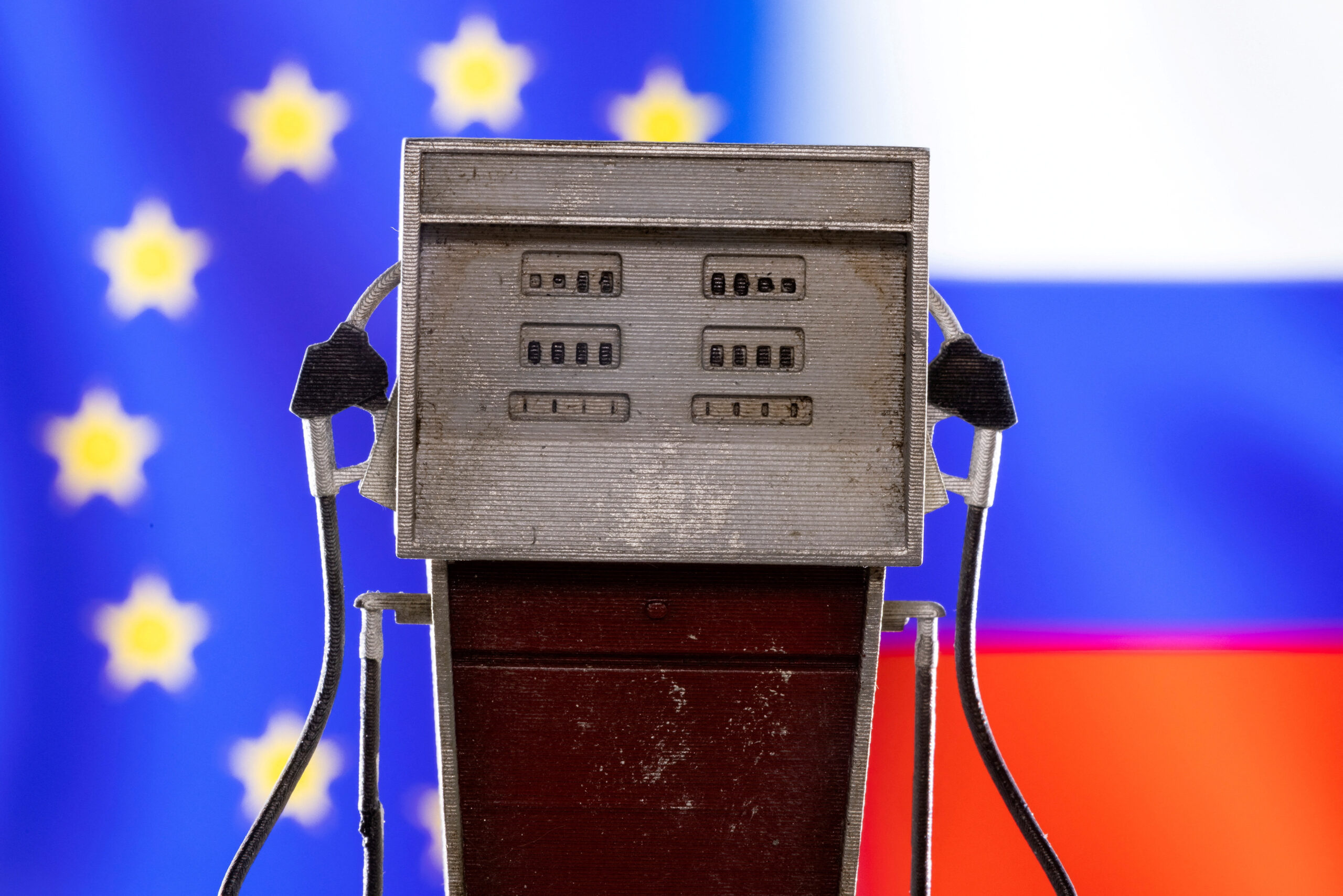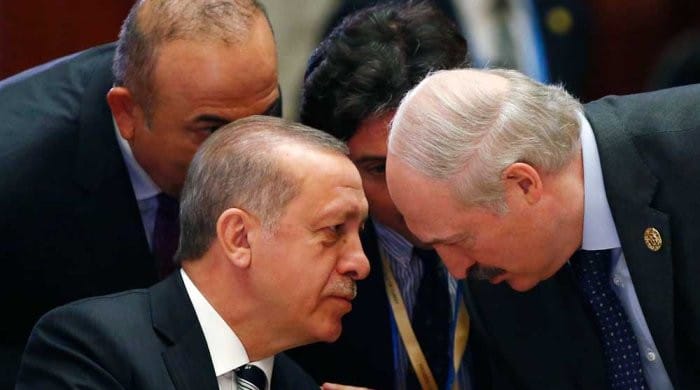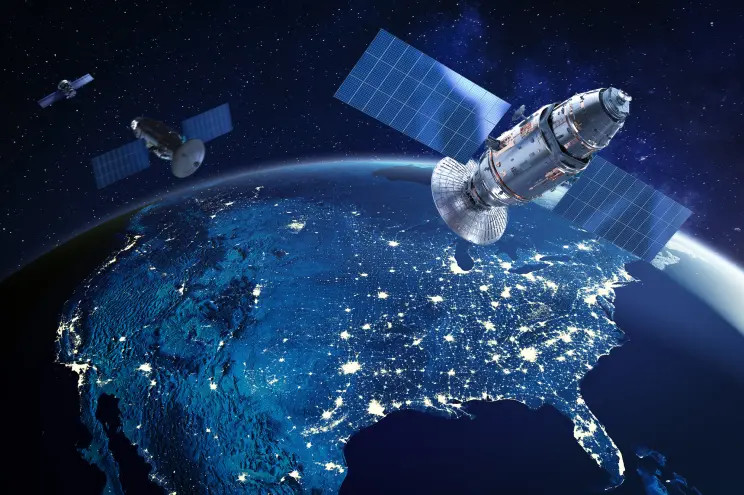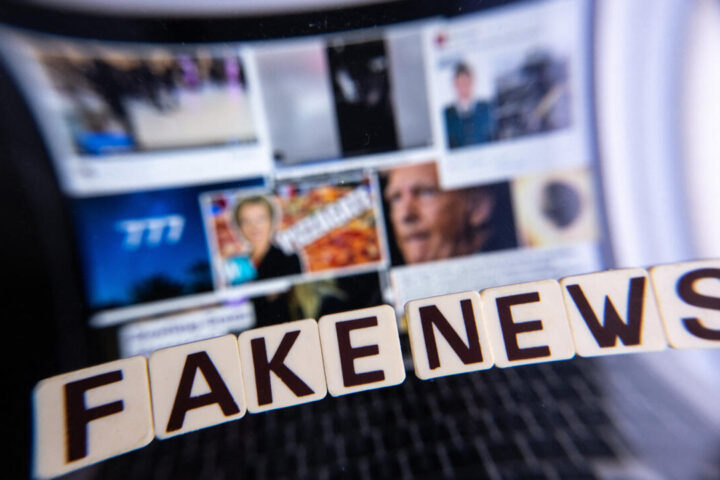Russia’s Ministry of Energy acknowledged a sharp increase in domestic gasoline prices at the start of August, as retail fuel costs climbed despite official attempts to downplay the trend. According to the ministry, price growth remains “within the general inflationary background,” though recent data paints a starker picture for Russian consumers and businesses.
From January 1 to July 28, 2025, consumer gasoline prices in Russia jumped by 4.61%, according to official statistics. Wholesale markets have seen even steeper increases: the price of AI-92 gasoline on the St. Petersburg International Mercantile Exchange rose from 57,000 rubles per ton in early June to 65,800 rubles by August 1.
Government introduces gasoline export ban to curb internal pressure
On July 28, the Russian government announced a full ban on gasoline exports, effective through August 31. The restrictions apply to direct producers of petroleum products and aim to stabilize the domestic fuel market during the seasonal peak of agricultural demand.
Authorities justified the measure as necessary for maintaining “a stable situation” amid high consumption and harvest-related fuel use. However, analysts note that Russia lacks direct price controls on retail fuel, relying instead on a patchwork of tax, customs, and regulatory mechanisms to indirectly influence pricing trends. These tools, the Ministry of Energy claims, are designed to keep retail price growth aligned with overall inflation.
Rosstat secrecy fuels distrust amid deepening economic opacity
Public confidence in official economic reporting continues to erode. Since 2023, Rosstat has systematically restricted access to key economic indicators. Under a broad secrecy regime, data on oil and gas output, gasoline and diesel production, mortality by age and region, birth rates, marriage statistics, population numbers, and crime fatalities have been withheld or classified.
The clampdown intensified after President Vladimir Putin declared at the 2025 St. Petersburg International Economic Forum that a recession must not be allowed. Observers see this as an attempt to shield the Kremlin from public scrutiny amid signs of economic stagnation and social stress.
While official agencies tighten control over information, alternative sources like Sberbank’s “SberSpasibo” loyalty program offer glimpses into real consumer behavior. According to its data, the average single refueling bill in Russia has risen 9%, reaching roughly 1,300 rubles. The highest monthly fuel expenses are reported in the Chukotka Autonomous Region (11,200 rubles per driver) and the Luhansk People’s Republic (9,200 rubles), raising questions about income disparities and access to subsidies in impoverished regions.
Regional disparities and logistical contradictions deepen frustration
Fuel costs in Crimea remain 10–15% higher than in mainland Russia, officially due to “logistical complexity.” But critics argue the justification rings hollow, pointing to lower fuel delivery costs to far-flung regions like Siberia and the Russian Far East. The peninsula, once told to endure sanctions for national unity, now faces internal price discrimination despite Russia’s own full exposure to global sanctions.
Public sentiment reflects growing skepticism. As the Ministry of Energy insists prices remain within “acceptable” limits, many see the familiar signs of deeper trouble. Satirical commentary has spread across social media and fuel stations alike, with phrases like: “Gasoline is more expensive because transporting gasoline is now more expensive—because gasoline is more expensive.”
Sanctions pressure collides with domestic vulnerabilities
The surge in fuel prices comes against the backdrop of widening Western sanctions and shrinking export markets for Russian oil. Despite falling global oil prices, gasoline continues to rise in Russia—a contradiction not lost on citizens and analysts alike. The Kremlin’s efforts to control public perception through restricted data may offer short-term political cover, but risks compounding long-term policy missteps in a fragile, energy-dependent economy.














